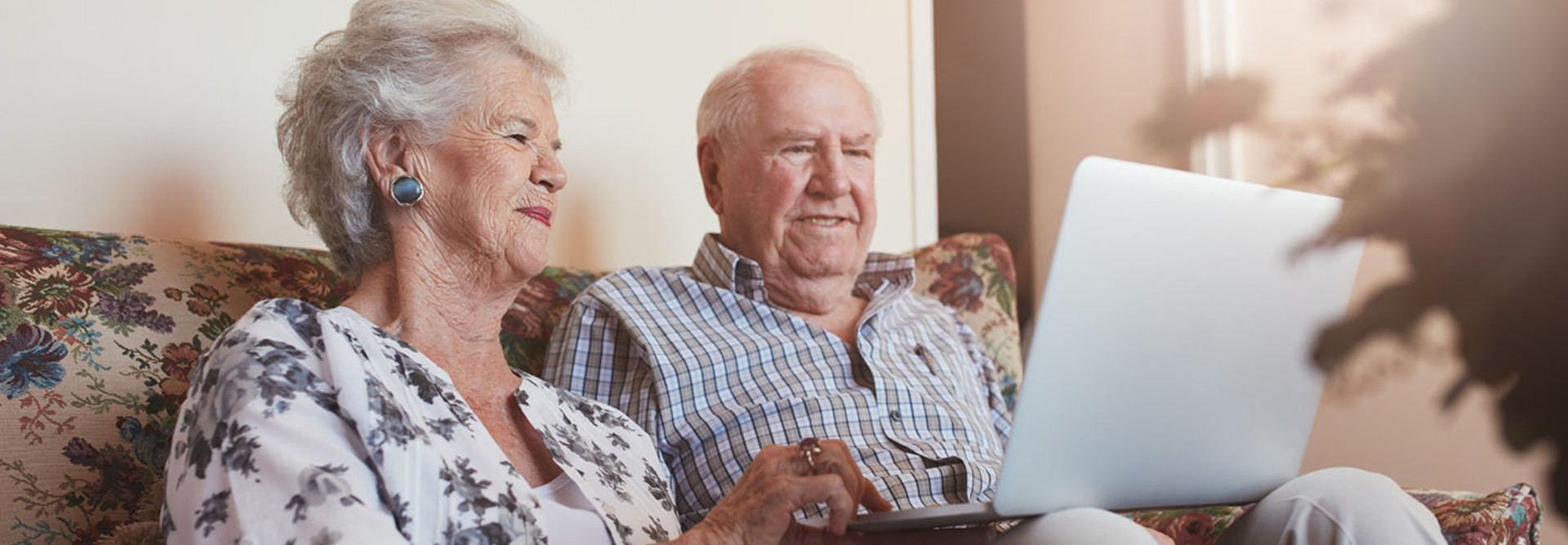How Analytics Transforms Senior Living
For senior living communities, ensuring residents can stay as independent as possible remains one of the best ways to earn trust in the industry. But striking a balance between a safe environment and an independent one can be difficult to achieve.
New devices, coupled with an expanding field of predictive analytics tools, offer senior care communities enough visibility into the future to monitor residents in less intrusive, more targeted ways. Wearable technology and connected devices, in particular, give organizations an opportunity to collect huge amounts of data in a relatively unobtrusive fashion.
Sensors and Trackers Predict Adverse Events
For example, Benchmark Senior Living in Waltham, Mass., has worked with Big Cloud Analytics to crunch the numbers gleaned from seniors wearing Garmin Vivosmart HR activity trackers in a bid to guide residents toward healthy activities and pinpoint changes that tend to precede adverse events. At the HIMSS 2017 annual conference in February in Orlando, Fla., Benchmark Vice President of IT Moulay Elalamy and Big Cloud Analytics CEO J. Patrick Bewley discussed their collaboration, with Bewley saying his team identified sleep heart rates that rise above 90 beats per minute as a red flag for a range of adverse conditions. A notable finding indeed.
Similarly, a 2016 study I came across, published in the Western Journal of Nursing Research, used environmental sensors to monitor changes in a patient’s gait, which researchers found predicted a greater risk of falls. Timely interventions can yield obvious dividends for keeping residents both healthy and independent.
For home caregivers, the Institute on Aging recommends sensors embedded in Internet of Things (IoT) devices and other services as a way to help the elderly age in place longer without having their adult children hanging around at all times. I think those devices are attractive to senior living facilities for much the same reason: They help to preserve independence and minimize disruption for residents, while providing facility staff an opportunity to monitor and support the health of residents.
SIGN UP: Get more news from the HealthTech newsletter in your inbox every two weeks
Pinpoint Resource Needs Ahead of Time with Analytics
Because senior living communities house many residents at various stages of health, the resources they need are more complicated than those related to care for just one person. By developing and deploying analytics capabilities, facilities can extend the utility of devices by collecting a large quantity and variety of data on residents and then using that information to target resources.
The ability to analyze larger data sets can lead to more innovation in a positive feedback loop. The more diverse sets of data a facility collects, the more it can comb through that information to flag correspondence with adverse events. Senior care communities can then act to mitigate the effects of those events or, in some cases, avoid them entirely.
Technology and analytic tools also help communities to improve staffing and workflow. Trends that suggest specific resource use at certain times, in certain areas or around certain residents, for example, can lead to better care coordination and more efficiency.
The senior living industry must prioritize balancing the safety and independence of residents. Technology and analytics hold the potential to transform how senior care providers achieve that goal.
This article is part of HealthTech’s MonITor blog series. Please join the discussion on Twitter by using #WellnessIT.










